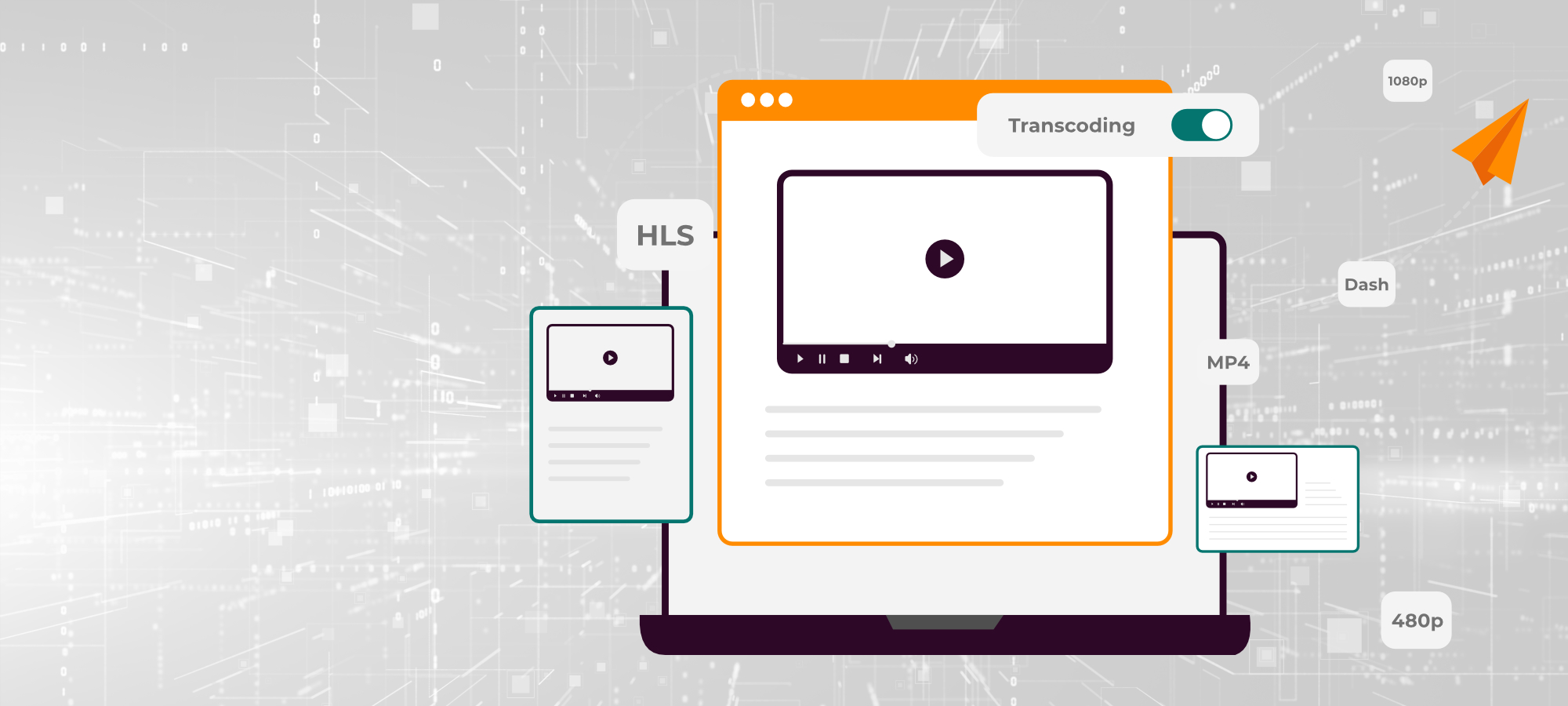Customer Profile
The customer is Asia’s foremost online property company, voted by consumers in 2016 as ‘Asia’s Most Influential Brand for Online Property Search’. Each month, the group helps over 16 million people across Singapore, Malaysia, Indonesia and Thailand, find their dream home. They had the vision to simplify the property search process and help renters, buyers, sellers and investors make confident property decisions faster.
The Challenge
With a continued focus on innovation, the group has grown from a media company to a high growth technology company, operating a suite of No.1 property portals and award-winning mobile apps across Singapore, Malaysia, Thailand, Indonesia and Vietnam. The group has developed and launched 15 mobile applications in four countries and three languages. At present, the Group records over 3.5 million downloaded mobile apps.
In order to automate the migration process, the customer was looking to automate the repeatable parts and sequences of an application’s, and its supporting infrastructure’s, lifecycle (like build, test, deploy, scale, failover, recover, etc. to make changes to the resulting software and production services as close to zero-cost as possible.
The Solution
BlazeClan’s team of certified SA’s created a business case analysis, security risk matrix, and total cost of ownership and ROI calculations to provide an in-depth look how to move successfully on the cloud and realize opportunities for significant costs savings. The team focused on setting up DevOps automation and migration strategy to migrate the existing infrastructure onto AWS.
Migration was carried out in phases that included:
- Phase 1 – Assessment of the existing architecture and existing network and security configuration. Assessing tools to be used for application migration (VM Import/Export, Server Migration, Migration Tools) and to migrate the database (Database Migration Service, Replication Tools, Migration Tools), devising migration strategy to move application servers and database servers, migrating data onto AWS. Defining move groups for migration and network & security strategy.
- Phase 2 – Migrating the production environment onto AWS leveraging DevOps tools. Setting up AWS infrastructure.
- Phase 3 – Cost optimization of AWS infrastructure after migration of the production environment was executed by recommending use of CloudWatch for CPU, Disk, Network, memory and status check metrics to monitor host utilization, Amazon Trusted Advisor for service limit checks, specific ports unrestricted access, IAM Use check, MFA on root account check.
The Benefits
- Improved Performance: The customer leveraged flexibility and elasticity that comes with an AWS environment. The new environment had the ability to scale up on demand and handle hundreds of checkouts per minute.
- Scalability: The Company achieved the ability to scale the application as and when required by leveraging auto-scaling and load balancing features of AWS.
- Reduced Cost: The Company was able to decrease its operational costs considerably by migrating to AWS.
- Fault Tolerant: They were able to achieve a fault tolerant architecture.
Tech Stack
BlazeClan availed a number of AWS services to execute this project successfully.
- Amazon EC2 was used for computing capacity management for their application deployment. It helped in reducing the time required to spin up new server instances to minutes, allowing them to quickly scale capacity, both up and down, as per their requirement.
- Amazon S3 was used to store and retrieve any amount of data from anywhere and everywhere.
- AWS NAT Gateway was used to allow instances on a private subnet to connect to the Internet or to other AWS services.
- AWS CloudWatch was used to monitor the performance of the system
- Amazon RDS service was used to set up, operate and scale relational database and was mainly used for Postgres deployments.
- AWS elastic load balancing was used to redirect the traffic to healthy Amazon EC2 instances for more consistent application performance.
- AWS Import/Export was used to address the challenges with large data transfers that result in high network costs, long transfer times, and security concerns




















